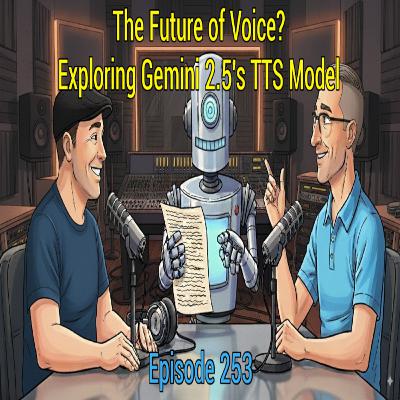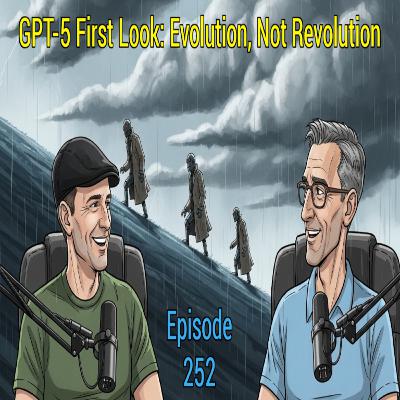Episode 253 - The Future of Voice? Exploring Gemini 2.5's TTS Model
Description
In this episode of Two Voice Devs, Mark and Allen dive into the new experimental Text-to-Speech (TTS) model in Google's Gemini 2.5. They explore its capabilities, from single-speaker to multi-speaker audio generation, and discuss how it's a significant leap from the old days of SSML. They also touch on how this new technology can be integrated with LangChainJS to create more dynamic and natural-sounding voice applications. Is this the return of voice as the primary interface for AI?
[00:00:00 ] Introduction
[00:00:45 ] Google's new experimental TTS model for Gemini
[00:01:55 ] Demo of single-speaker TTS in Google's AI Studio
[00:03:05 ] Code walkthrough for single-speaker TTS
[00:04:30 ] Lack of fine-grained control compared to SSML
[00:05:15 ] Using text cues to shape the TTS output
[00:06:20 ] Demo of multi-speaker TTS with a script
[00:09:50 ] Code walkthrough for multi-speaker TTS
[00:11:30 ] The model is tuned for TTS, not general conversation
[00:12:10 ] Using a separate LLM to generate a script for the TTS model
[00:13:30 ] Code walkthrough of the two-function approach with LangChainJS
[00:16:15 ] LangChainJS integration details
[00:19:00 ] Is Speech Markdown still relevant?
[00:21:20 ] Latency issues with the current TTS model
[00:22:00 ] Caching strategies for TTS
[00:23:30 ] Voice as the natural UI for AI
[00:25:30 ] Outro
#Gemini #TTS #VoiceAI #VoiceFirst #AI #Google #LangChainJS #LLM #Developer #Podcast











